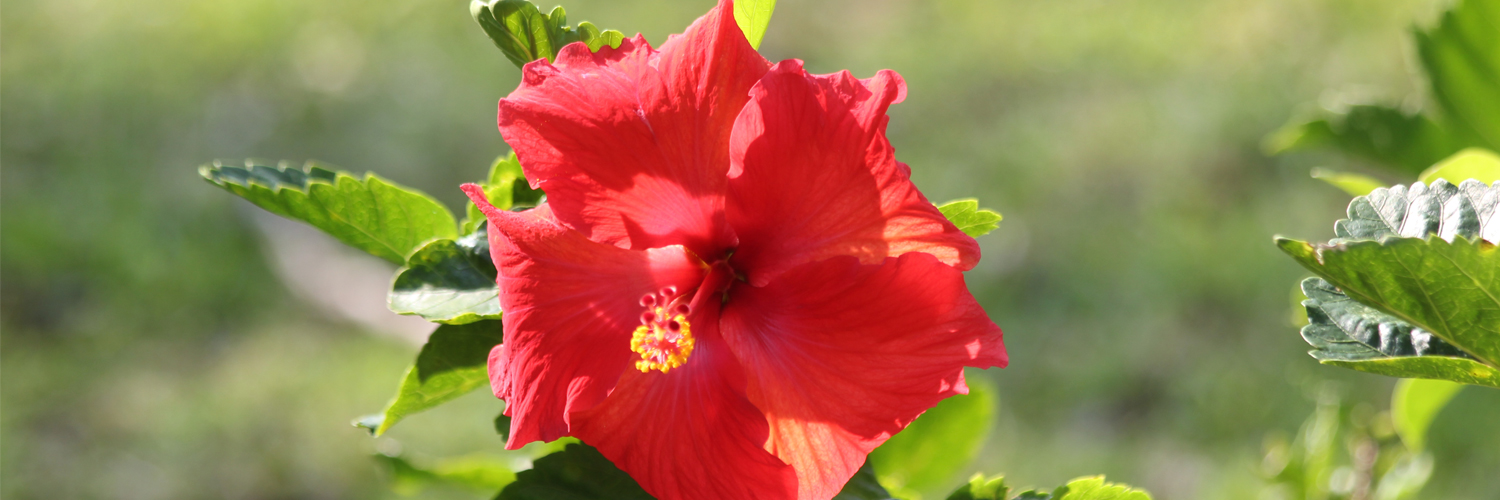

Warming climates forces species to shift their ranges poleward. Subtropical species, once limited to frost-free areas such as Miami, are expanding north, and we are now seeing them at Florida Tech. Habitat loss throughout South and Central Florida threatens the ability of these species to maintain their old populations or expand into new areas. But the ponds and woodlands on Florida Tech's campus provide important habitat for these species. Insects are often the most sensitive indicators of climate change and already we are seeing dragonflies and butterflies establishing new populations on campus, populations that are at the northernmost edge of their range. Examples of such climate-forced migrants among our butterflies are the Atala, the Ruddy Daggerwing, the Fulvous Hairstreak, and the Julia. Among dragonflies the new arrivals are the Band-winged Dragonlet and the Blue-faced Darner.
Ensuring habitat availability for long-term and seasonal migrants is one of the most valuable things we can do for wildlife conservation. What can you do? It is as simple as planting a garden friendly to pollinators and stop using pesticides. Native plants and even carefully chosen exotic plants will provide a basis for foodwebs. You too can create an oasis for wildlife and influence neighbors to do likewise. It won't be long before you can relax and enjoy a little piece of nature right at home.
© Florida Institute of Technology, All Rights Reserved